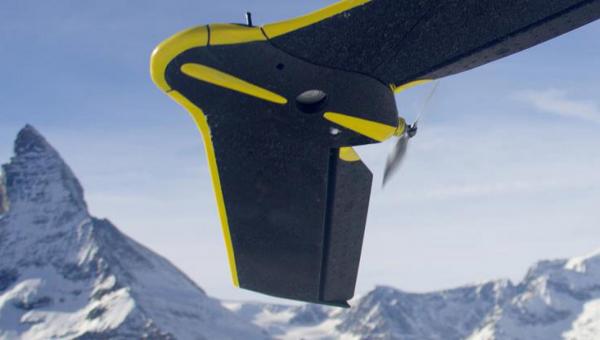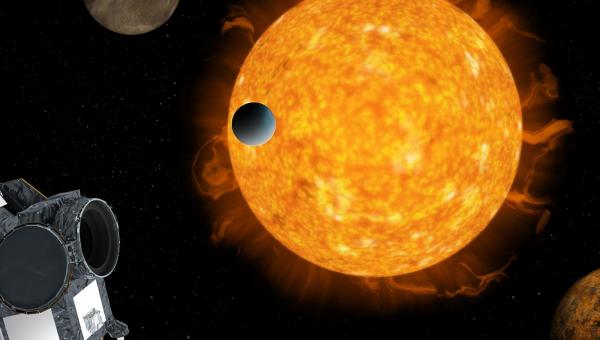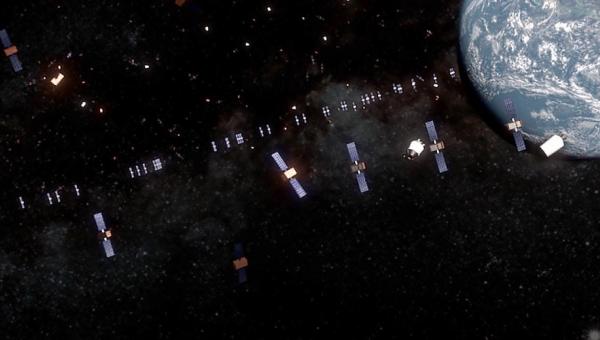On the hunt for greenhouse gases in 1.5 million-year-old ice
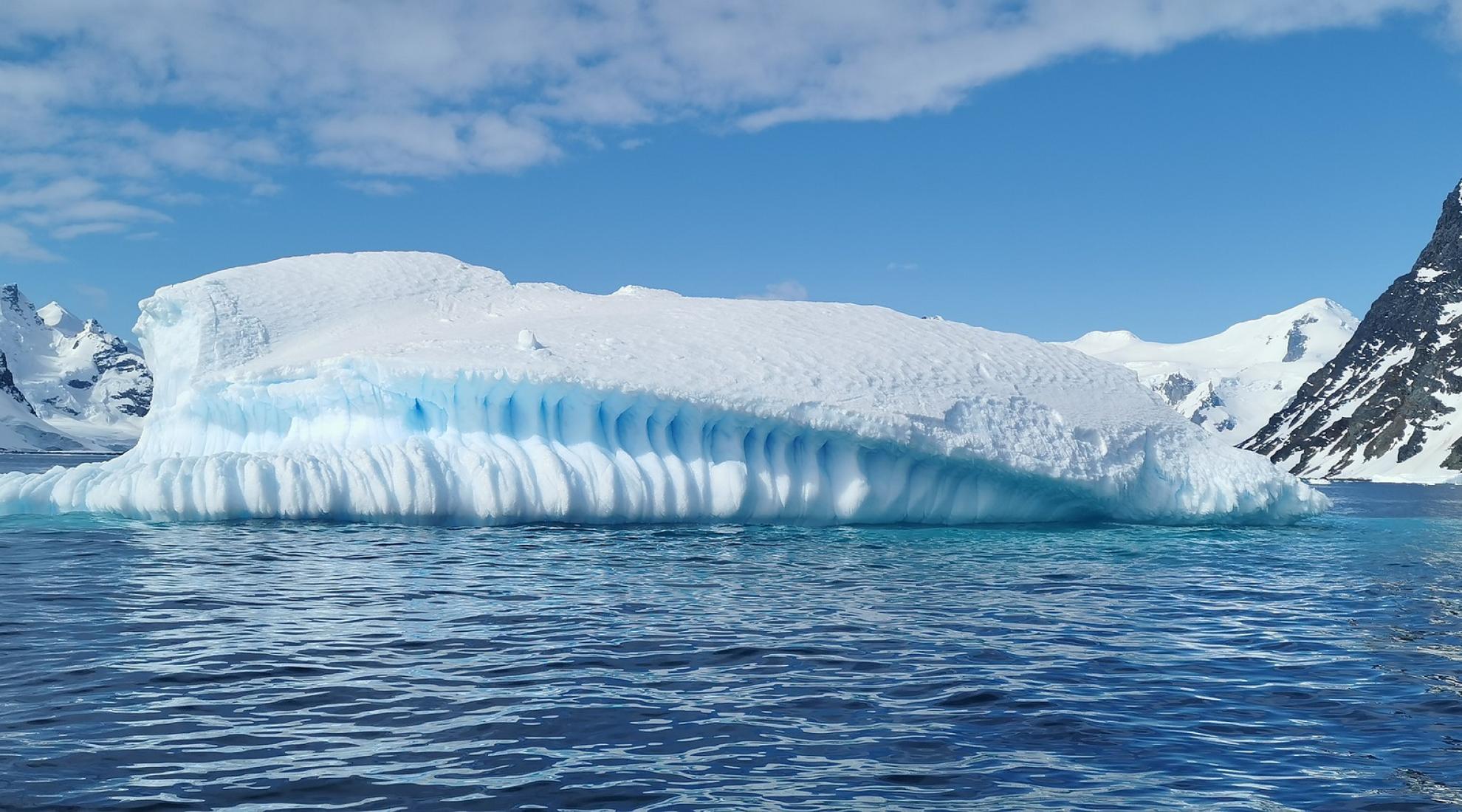
Swiss researchers have developed a method for analysing 1.5 million-year-old ice that may help solve a climate puzzle.
The EU project Beyond EPICA - Oldest Ice is investigating changes in temperature, atmospheric composition and the carbon cycle over the course of climate history. To this end, plans are under way to retrieve around 1.5 million-year-old ice cores are from the Antarctic ice sheet from a depth of around 2700 metres in 2025.
Some 15,000 to 20,000 years of climate history are compressed in a single metre of ice core in the 1.5-million-year-old ice, placing an entirely new set of demands on the analysis of ice cores. Ice cores are an extremely important climate archive because they are the only way to directly measure past greenhouse gas concentrations. Ice cores are an extremely valuable climate archive because the air they contain is the only way to directly measure past greenhouse gas concentrations.
New method for tiny air samples
To examine this rare ice core, new technologies are necessary. The University of Bern and the Swiss Federal Laboratories for Materials Testing and Research (Empa) are playing a major role in the development of these novel techniques, according to a recent press release. A group of researchers from the University of Bern, led by Hubertus Fischer, has developed a method that takes tiny air samples from the ancient ice. A new sublimation extraction system has made it possible to obtain small air samples from an ice core without contaminating them by slowly converting the ice core samples from a solid state to a gaseous state. To do this, the air is frozen at a temperature of -258°C.
A laser spectrometer to measure greenhouse gases
The air samples are then analysed with a laser spectrometer developed at Empa. This laser spectrometer can measure the greenhouse gases CO2, CH4, N20 and the isotopic composition of CO2 in an air sample as small as 1.5 millilitres.
Achieving this high precision in such small samples was virtually unimaginable for a long time. We are proud that this enables the analysis of the valuable ice cores.
On the trail of a climate mystery
Analysis of the ice core should help us better understand the interplay between warm and cold periods. Until about a million years ago, periods of very cold and very warm climates alternated at intervals of 40,000 years. Since then, ice ages and interglacial periods have alternated only about every 100,000 years. So far, it is unclear how this change came about.
Climate researchers suspect that greenhouse gases played a key role. Ice core drilling in Antarctica will now test this hypothesis. By the end of the second drilling season, from November 2022 to January 2023, the 15-member international research team had reached a depth of 800 metres. If all goes according to plan, the required depth of 2,700 metres should be reached in 2025.
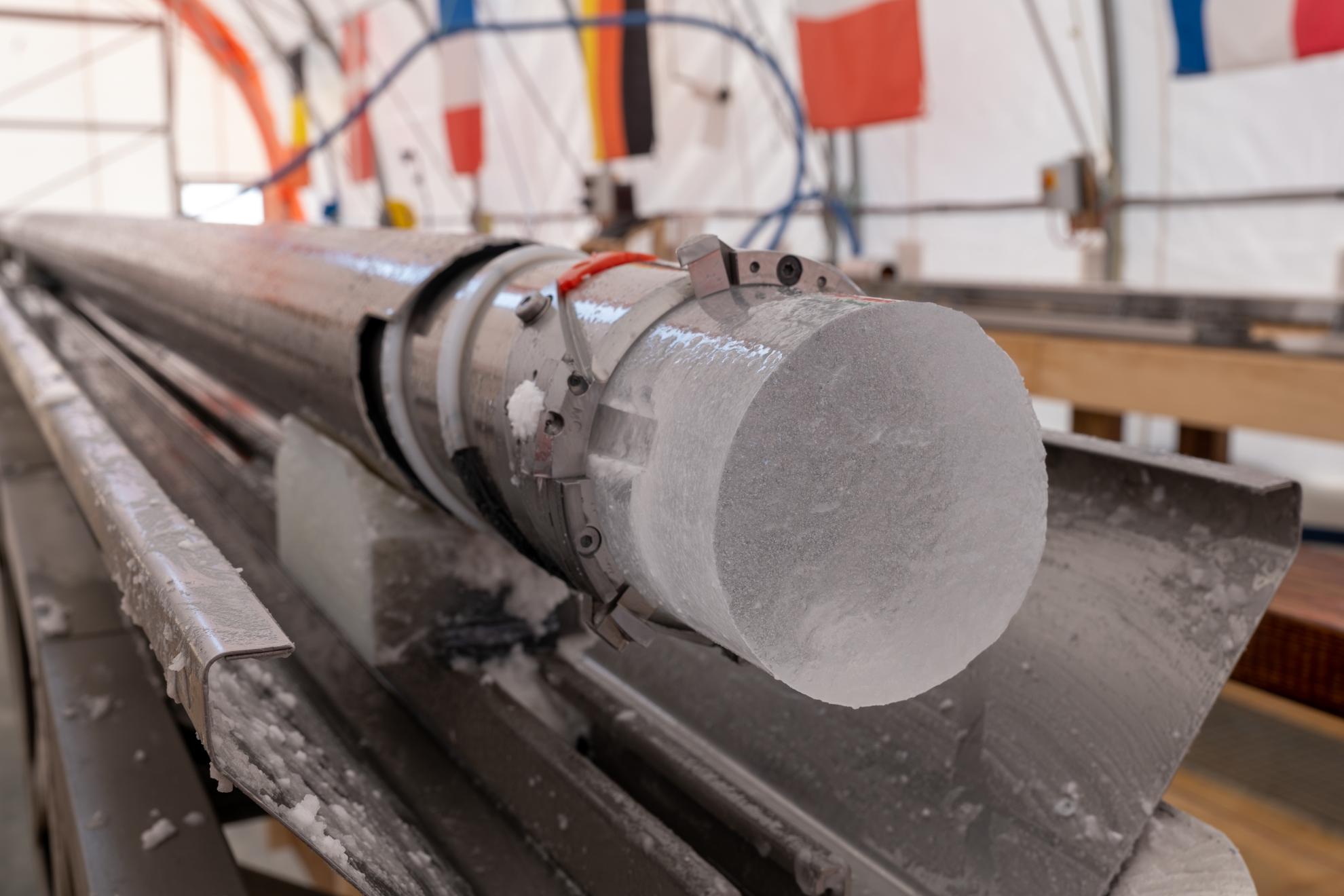
A freshly drilled ice core is measured.


